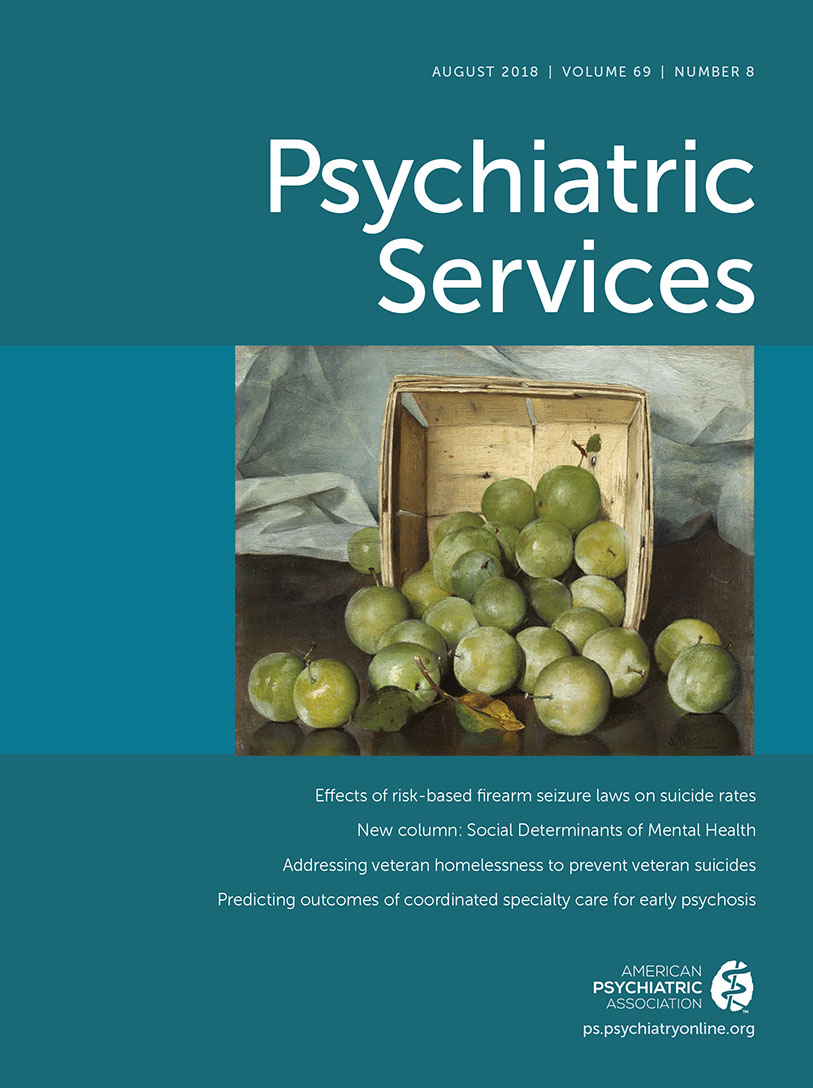Impact of Medical Homes on Expenditures and Utilization for Beneficiaries With Behavioral Health Conditions
Abstract
Objective:
Individuals with behavioral health conditions may benefit from enhanced care management provided by a patient-centered medical home (PCMH). In late 2011 and early 2012 Medicare began participating in PCMH initiatives in eight states through the Multi-Payer Advanced Primary Care Practice (MAPCP) demonstration. This study examined how the initiatives addressed the needs of patients with behavioral health conditions and the impacts of the demonstration on expenditures and utilization for this population.
Methods:
Semistructured interviews provided insight into states’ approaches to improving care, and multivariate difference-in-difference regressions of Medicare and Medicaid claims data were used to model changes in utilization and expenditures, comparing Medicare and Medicaid beneficiaries with behavioral health conditions in MAPCP demonstration practices with similar beneficiaries in non-PCMH primary care practices. Utilization included inpatient admissions and emergency department visits for all causes and for behavioral health conditions and outpatient visits for behavioral health conditions. Expenditure outcomes included expenditures for all services and those with a principal diagnosis of a behavioral health condition.
Results:
Practices reported screening more patients for behavioral health conditions, linking patients to community-based behavioral health resources, and hiring behavioral health specialists to provide care. Several states embarked on unique initiatives to improve access to behavioral health services. However, few significant associations were found between participation in the MAPCP demonstration and utilization and expenditures for behavioral health services.
Conclusions:
Even though PCMHs made concerted efforts to improve access to care for their patients with behavioral health conditions, few substantial changes in patterns of care were noted.



